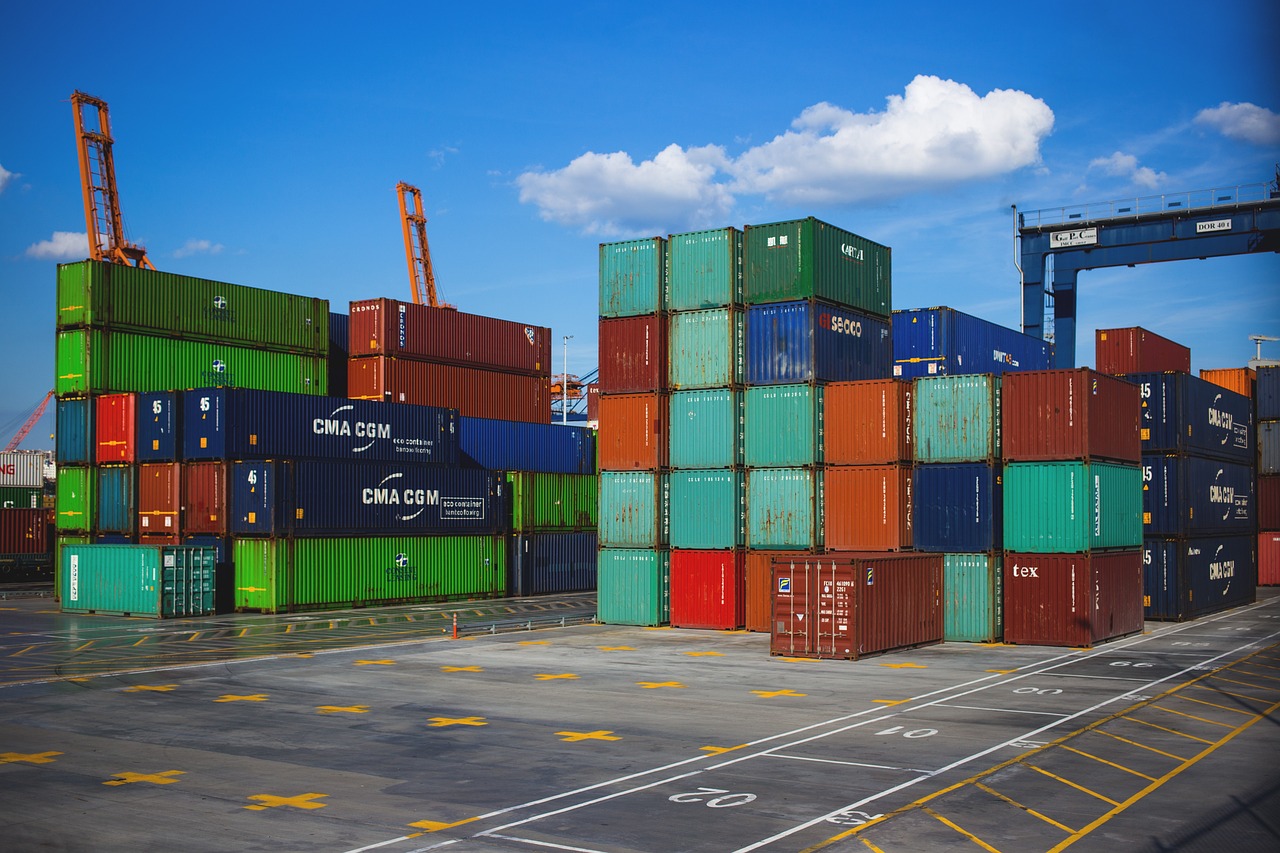
Imports to the Canary Islands during the first two months of 2025 reached a provisional value of €3.74 billion, representing a 2.8% increase compared to the same period in 2024, according to data from the Canary Islands Institute of Statistics (ISTAC).
Exports, on the other hand, totaled €668.02 million, marking a 5.6% rise over January and February of the previous year. Despite the growth in both exports and imports, the trade deficit remained high at €3.07 billion, and the coverage rate — the ratio of exports to imports — stood at just 17.9%, highlighting a strong dependence on external goods.
In February 2025, the main imported goods included machinery and transport equipment (22.4%), petroleum and related products (20.5%), and food-related products (18.5%). Most imports came from the rest of Spain (83.2%), followed by the EU-27_2020 (10.7%). Overall, 94.9% of imports originated from Europe, while 2.8% came from Asia.
As for exports, the leading categories were also machinery and transport equipment (28.2%), petroleum and its derivatives (28.1%), and food-related products (9.5%). The destinations of these exports were primarily the rest of Spain (26.4%), the EU-27 (32.2%), and Europe as a whole (63.7%). 6.8% of exports were destined for the Americas.
These figures show a modest improvement in the Canary Islands’ external trade activity, though the region continues to face the challenge of reducing its substantial trade imbalance.
source: ISTAC